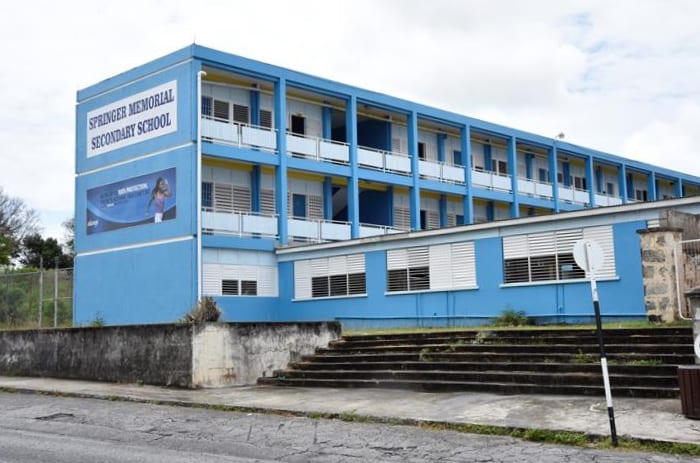
by Julia Rawlins-Bentham | Jul 18, 2017 | Ministry News
Swim classes under the Operations Save Our Selves (SOS) programme, hosted by the National Conservation Commission, and originally slated to begin tomorrow, Wednesday, July 19, have been postponed due to the inclement weather. The first class of the six-week programme...

by Julie Carrington | Jul 18, 2017 | Ministry News
The agricultural sector has been the bedrock of Barbados’ development for decades but a top vocational education official has hinted that its future survival is dependent on a workforce that is highly skilled. Executive Director of the Technical and Vocational...

by Jamal Weekes | Jul 18, 2017 | Ministry News
Persons seeking to further their education in the new school term may do so through enrolling in the Springer Memorial Continuing Education Programme. The courses, which begin on Monday, September 11, include CSEC subjects such as Biology, English Language,...

by Joy-Ann Gill | Jul 18, 2017 | Ministry News
Registration is now on for persons interested in applying to the Continuing Education Programme of the Frederick Smith Secondary School to pursue Caribbean Examinations Council’s (CXC) CSEC and CAPE in the academic year 2017 to 2018. The CSEC courses on offer are:...

by Joy-Ann Gill | Jul 18, 2017 | Ministry News
Members of the public are advised that the School Meals Department (SMD) at Suite 13, Coles Building, Bay Street, St. Michael, is in the process of being integrated into Government’s WAN Project through Digicel (Barbados) Limited. So far, the process has been...

by Julie Carrington | Jul 17, 2017 | Ministry News
Executive Director of the Technical and Vocational Education and Training (TVET) Council, Henderson Eastmond, has encouraged young people to showcase their skills to the world in competitions such as WorldSkills. He expressed this view recently during a media briefing...







